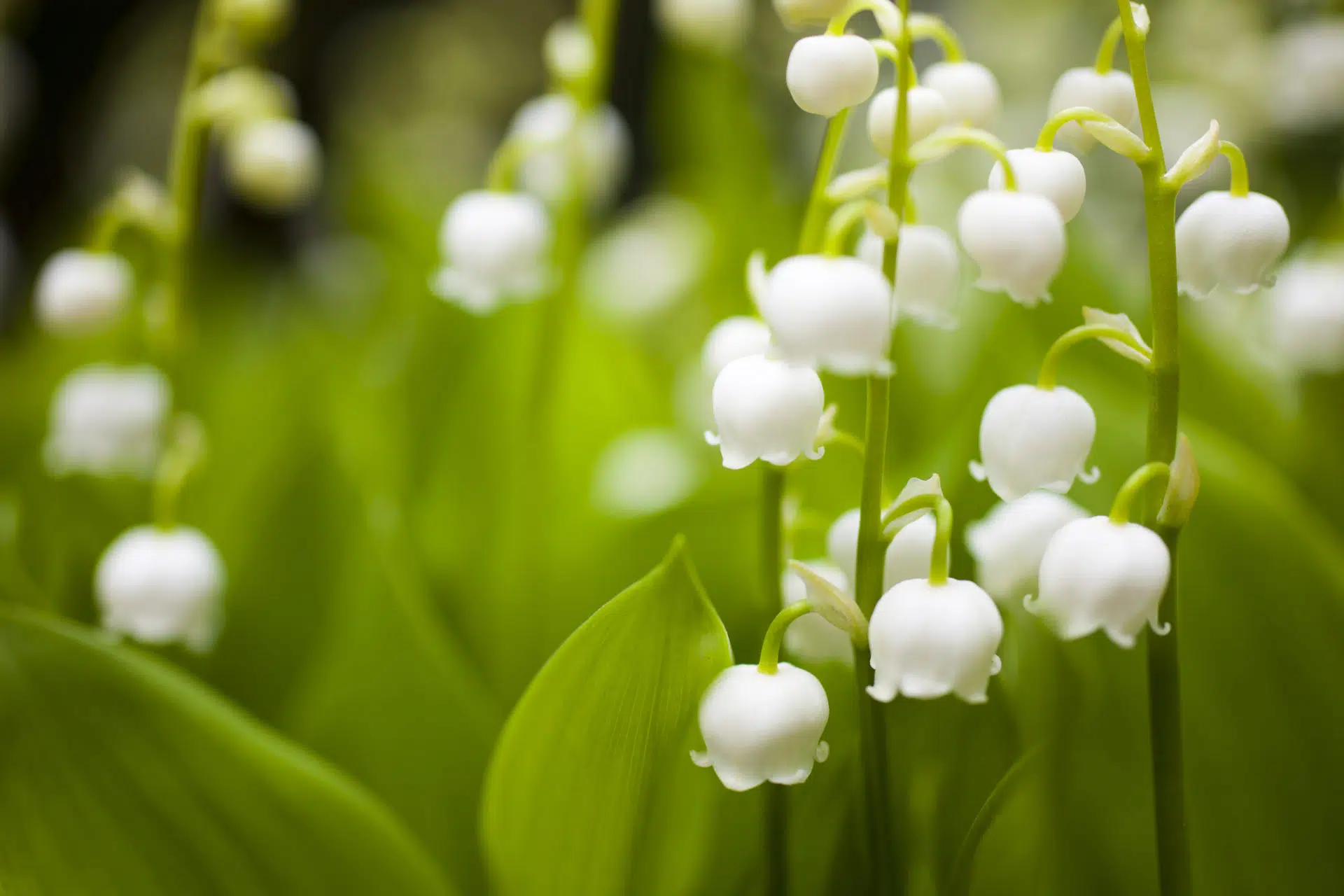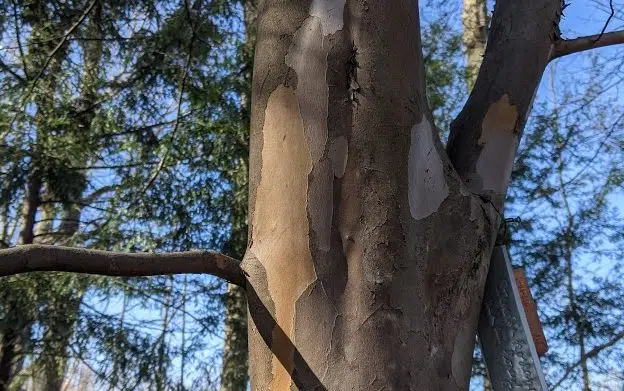Trees
Light

Looking for something in particular? Click here to search.

Stewartia koreana ‘Milk and Honey’
Korean stewartia
Stewartias are prized garden plants across the world. White, camellia-like summer flowers. Exceptional fall color. Fascinating bark. A small tree for all seasons. Bark should be more subtle than ‘Ballet’ but fine nonetheless. Grown in... more

Stewartia pseudocamellia ‘Ballet’
Japanese stewartia
Stewartias are prized garden plants across the world. White, camellia-like summer flowers. Exceptional fall color. Fascinating bark. A small tree for all seasons. Grown in full sun they stay squat. In shade... more

Quercus shumardii
Shumard oak
Shumard oak is a medium sized, deciduous tree in the red oak group. It performs well in full sun, average soil and tolerates a variety of moisture conditions. Pyramidal in youth but spreads to a... more

Cercis canadensis ‘Covey’
Weeping redbud
According to Missouri Botanical Garden “'Covey’ is a very small weeping cultivar noted for its absence of an upright leader and for its dense umbrella-shaped crown with contorted stems and... more

Aesculus flava
Yellow buckeye
Yellow buckeye is the largest of the buckeyes. It has an irregular to upright-oval crown and is considered a canopy tree. If left to achieve its natural form, the sturdy branches will commonly sweep the ground. The bark often exfoliates with... more

Acer x freemanii ‘Celebration’
Freeman’s Maple
The selection has a contoured, upright, uniform branching structure with a good central leader and rarely requires pruning to maintain its naturally symmetrical form. It's known for being disease resistant, tolerant of urban pollution... more

Ulmus americana
American elm
American elm (Ulmus americana) is prized for its adaptability, ease of transplanting, fast growth, and its vase-shaped habit. It is a favorite nesting tree of the Baltimore oriole. The foliage... more

Chionanthus virginicus
White fringetree
Chionanthus virginicus, white fringetree is a beautiful shrub or small tree belonging to the olive family, which includes lilacs, forsythia and ash trees (Fraxinus). The genus Chionanthus (kye-oh-NANTH-us) has 60... more

Cladrastis kentukea
American yellowwood
Cladrastis (klad-RAS-tis) kentukea is a very uncommon yet beautiful tree first discovered in the Cumberland region of Tennessee by French botanist André Michaux in 1796. It may still be found... more

Betula nigra
River birch
A tree that merits attention, river birch has a graceful habit with arching slender branches and attractively peeling young bark. Betula nigra is native to Ohio, but can be found... more

Acer palmatum
Japanese maple
A beautiful small tree with gorgeous foliage and refined habit, Japanese maple is prized by landscape designers from east to west. The native range of Acer palmatum includes the islands... more

Pinus strobus
Eastern white pine
Pinus strobus is The Holden Arboretum’s most majestic evergreen. The white pines on Little Mountain can be seen three miles away from Holden’s Conifer Collection at the intersection of Kirtland-Chardon... more

Ginko Biloba
Ginko Biloba
Ginkgo is a unique tree. It belongs to a group of seed plants that flourished before the evolution of flowering plants. With the exception of humans, the creatures that dispersed... more

Carya ovata
Shagbark hickory
Carya ovata, a ruggedly handsome tree, is native to eastern North America from Iowa to Quebec, south to Texas and Georgia. Disjunct populations occur in the mountains of northeastern Mexico.... more

Betula alleghaniensis
Yellow Birch
Yellow birch is a striking native tree found in a number of the spectacular natural areas of The Holden Arboretum. Mature trees may be seen on Little Mountain where their... more

Magnolia acuminata
Cucumbertree
Magnolia acuminata is a magnificent native of ancient lineage. It is a fine choice for Northeast Ohio landscapes given its bold foliage, inconspicuous green or cheery yellow flowers, and attractive... more


Fagus sylvatica
European Beech
Fagus sylvatica is a magnificent tree. European beech is native from the southern parts of Sweden and Norway to Spain, Italy, Greece and northeast Turkey and Ukraine. It is a common... more

Stewartia Pseudocamellia
Korean or Japanese Stewartia
A graceful tree of many charms, Stewartia pseudocamellia (Korean or Japanese stewartia) is known in Japan as the summer camellia, natsu–tsubaki. It is related to both Camellia and Franklinia, fellow members of the Theaceae (tea family). In the 1980s,... more


Magnolia ‘Daybreak’
Magnolia ‘Daybreak’
In the Arthur S. Holden Sr. Hedge Garden is the spectacular new magnolia named ‘Daybreak.’ It bears large fragrant pastel pink flowers from the end of April until the third... more



Aesculus parviflora
Bottlebrush Buckeye
Aesculus parviflora, bottlebrush buckeye is my favorite shrub. It is a native of the southeastern United States, primarily to Alabama. The genus Aesculus and the maples, Acer, recently have been lumped into the... more
People for Trees™
Make a difference in
your own backyard.
Plant and care for a tree beginning with making a pledge. We will support each pledge with easy-to-follow instructional toolkits, guidance on how to select the most appropriate tree and where to purchase it, free virtual classes and other ongoing support.
Make a pledgeWhat can we help you find?
Popular searches:




